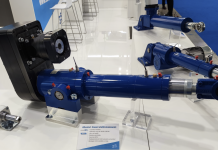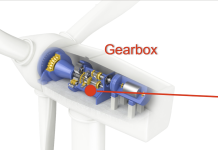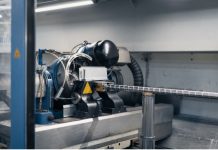Nano-machines (around one billionth of a metre in size) of the future will need tiny devices to reduce friction and make movement possible. The C60 molecule, also known as fullerene or buckyball, seemed to many an excellent candidate for nano-bearings.
A research team (a collaboration between SISSA, the International Centre for Theoretical Physics “Abdus Salam” ICTP of Trieste, the Italian National Research Council CNR, and the Swiss Federal Laboratories for Materials Science and Technology) conducted a theoretical, simulation based study. Unfortunately, the results so far have been conflicting, calling for further studies, like the one carried out by a theoretical team involving SISSA, ICTP, CNR and EMPA. Through a series of computer simulations the scientists uncovered the reason for the experimental discrepancies and shed light on the true potential of this material.
About 3500 years ago, man invented the wheel to make life easier. Then, thanks to Leonardo Da Vinci’s genius, the wheel was made smaller to obtain ball bearings. And today? “Today we are trying to get even smaller: scientists are thinking about nano-bearings”, comments Andrea Vanossi, of the CNR – Democritos and the International School for Advanced Studies (SISSA) of Trieste, among the authors of a study that has just been published in Nanoscale. “In the future we’ll have many nano-machines capable of carrying out the most diverse tasks, for example transporting medicines inside the human body. In order to save energy, many of these vehicles will have to able to move efficiently, using as little energy as possible, and “nano”-sized ball bearings may help achieve this goal”.
Learn more: http://www.sissa.it/news/nanobearings-test-bench



